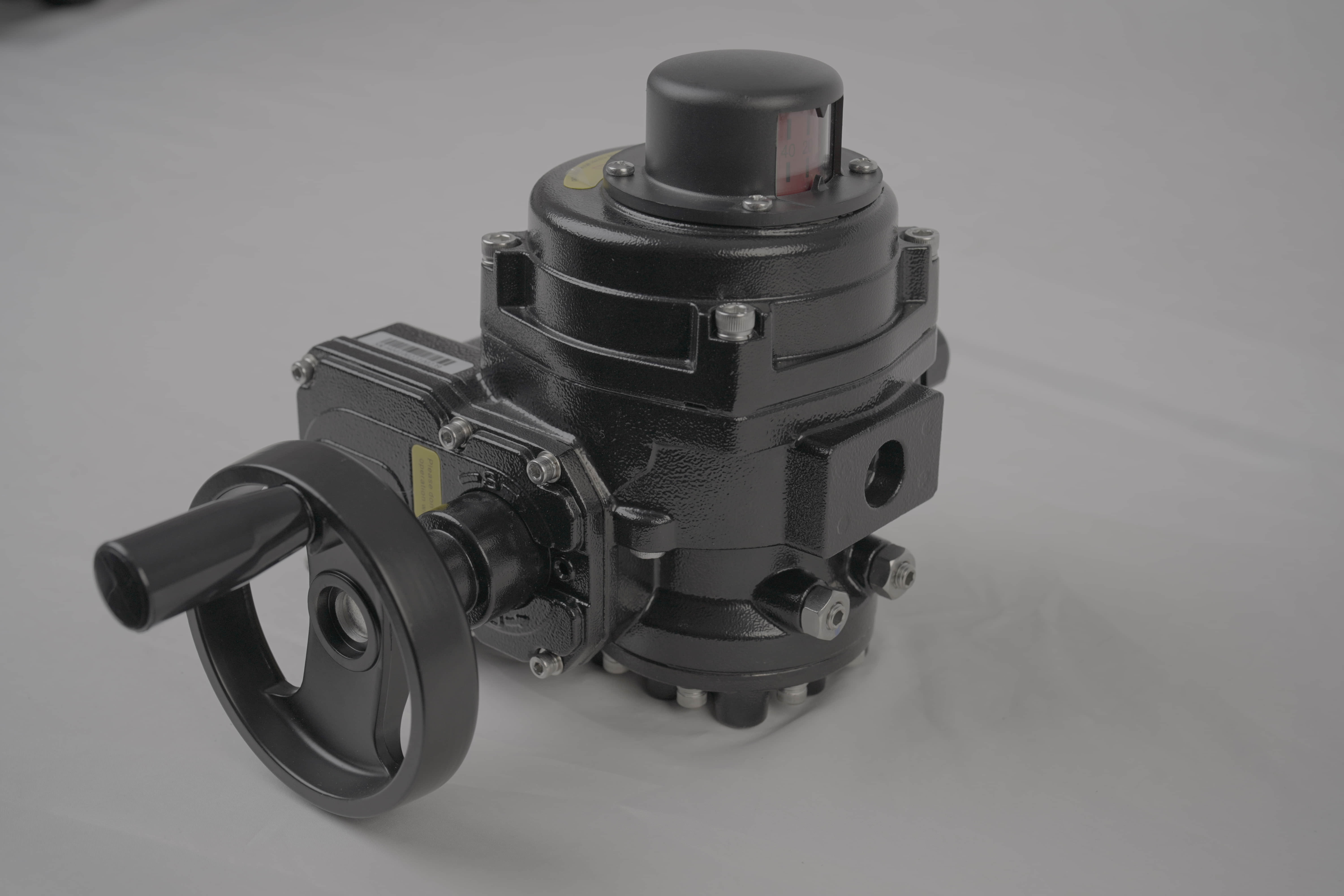the wcb lithium battery valve: a critical component for safety and efficiency
Release time:2024-10-15 18:55:51
In the world of energy storage and management, lithium batteries have become the standard due to their high energy density, long life cycle, and lightweight nature. As the demand for these batteries continues to rise, the importance of ensuring their safety and reliability has never been more critical. One essential component in lithium battery systems is the valve, specifically theWCB Lithium Battery Valve. This article explores the significance, functionality, and benefits of the WCB lithium battery valve in enhancing battery performance and safety.

Understanding Lithium Battery Valves Lithium batteries, particularly those used in electric vehicles (EVs), renewable energy storage systems, and portable electronics, rely on valves to regulate internal pressure and prevent potential hazards. A valve in this context is a device that controls the flow of gases and liquids within the battery, allowing for the safe venting of gases produced during charging and discharging. When a battery is overcharged or experiences a short circuit, it can produce excess gas, leading to increased internal pressure. Without a proper valve, this pressure can cause catastrophic failure, including battery rupture or explosion.

